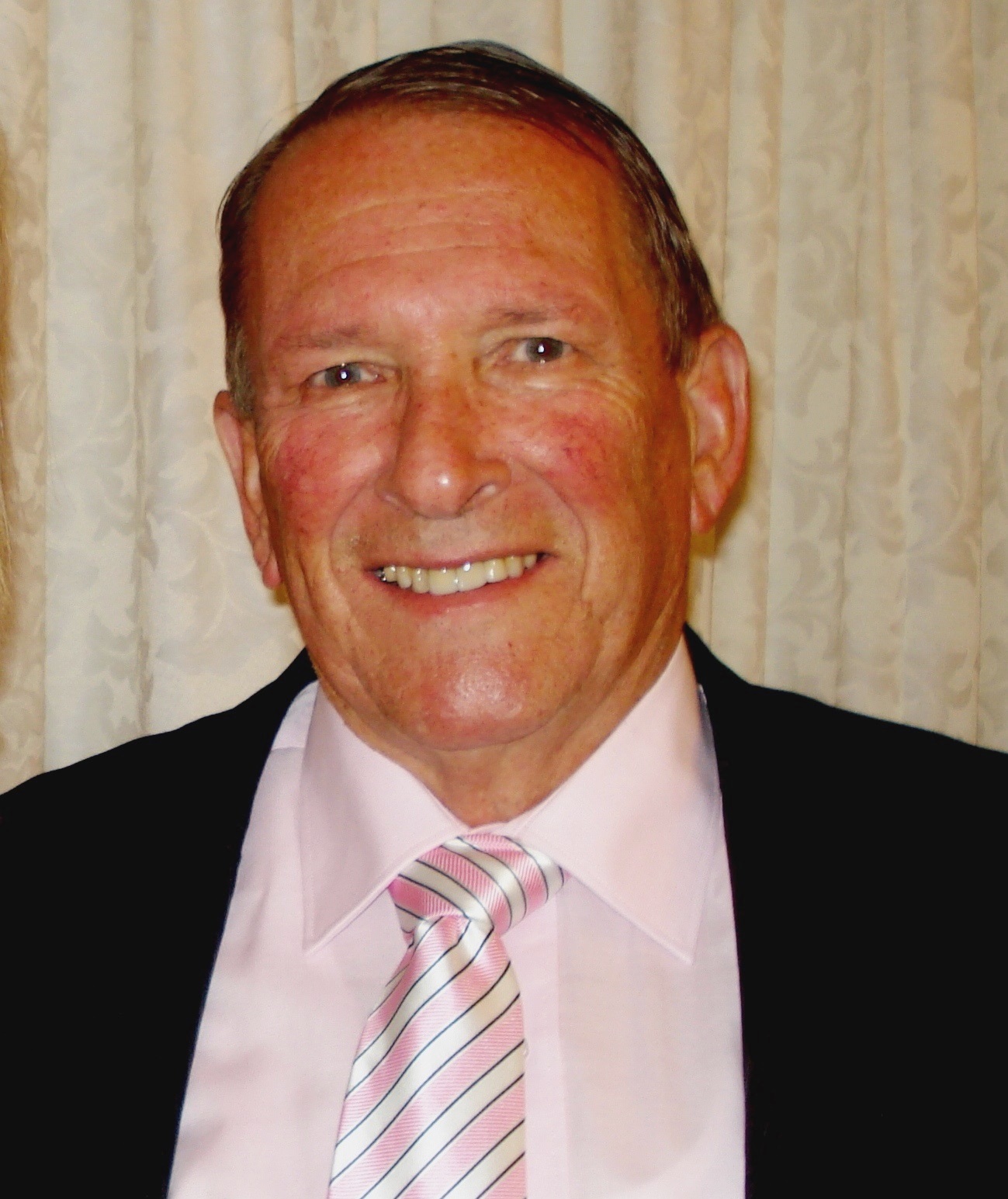Trace Element Chemistry of the Oceans Reveals New Theory onMass Extinction Events
Presentation by Ross Large – School of Earth Sciences – University of Tasmania
The Royal Society Room TMAG 19 Davey St Hobart
Tuesday, 5th November 2013 Commencing 8.00 pm until 9.00 pm
Abstract
The causes of mass extinctions of marine life remain a matter of debate. It has been suggested that changes in the composition of seawater may be a cause, especially oxygen and H2S content, and that concentrations of certain trace elements are a key to bio-productivity and evolutionary change in the ocean. In this talk we present data on temporal variations in the concentrations of trace elements in early-formed sedimentary pyrite from marine black shales, and interpret trends in ocean chemistry over the last 3.5 billion years. Our results show that trace element variations over the last 700 million years of ocean history have been strongly cyclical. We interpret these cycles to indicate that the Late Neoproterozoic to Phanerozoic oceans went through dramatic changes in mean oxygen content. Four major cycles are recognised: Late Cryogenian to Late Ordovician, Early Silurian to late Devonian, Early Carboniferous to Late Triassic and Jurassic to Quaternary. Oxygen maxima, indicated by Se, U and Moproxies, occur at 540, 390, 310 and 0 Ma, supporting Bernerʼs previous models. Oxygen minima, indicated by trace element drawdown, occur at 700, 455, 365 and 200 Ma. Extended periods of trace element drawdown in the oceans have led to extreme deficiency of some elements that are critical for life. The periods of
extreme Se depletion coincide with the mass extinction events at end Ordovician, Late Devonian and the Triassic-Jurassic boundary, suggesting that Se-deficiency in the oceans may be a contributing cause of marine mass extinctions.
Biography
Professor Ross Large is the Director of CODES. He received his BSc (Hons) from UTAS in 1969, and PhD from University of New England in 1974 under the supervision of Richard Stanton. For 13 years Ross worked in mineral exploration for Geopeko Ltd., exploring for IOCG, VHMS and carbonate replacement deposits. In 1983 he left the mineral exploration industry to accept a lecturing position at the University of Tasmania. In 1989 Ross established CODES’ jointly funded by the Australian Research Council, UTAS, the mining industry and the State Government. CODES has since become recognised as one of the top ore deposit research centres in the world.
Ross received the Lindgren Award from the Society of Economic Geologists (SEG) in 1983, the Presidents’ Award from the AusIMM in 1989, was the SEG Distinguished Lecturer in 1998, was elected a Fellow of the Australian Academy of Technological Sciences and Engineering in 1999, was awarded the Haddon King Medal in 2005 by the Australian Academy of Science and in 2011 he was awarded the UTAS Distinguished Alumni Award for outstanding contribution in the field of ore research. Ross was president of the SEG in 2004.

